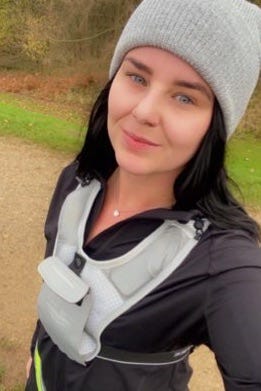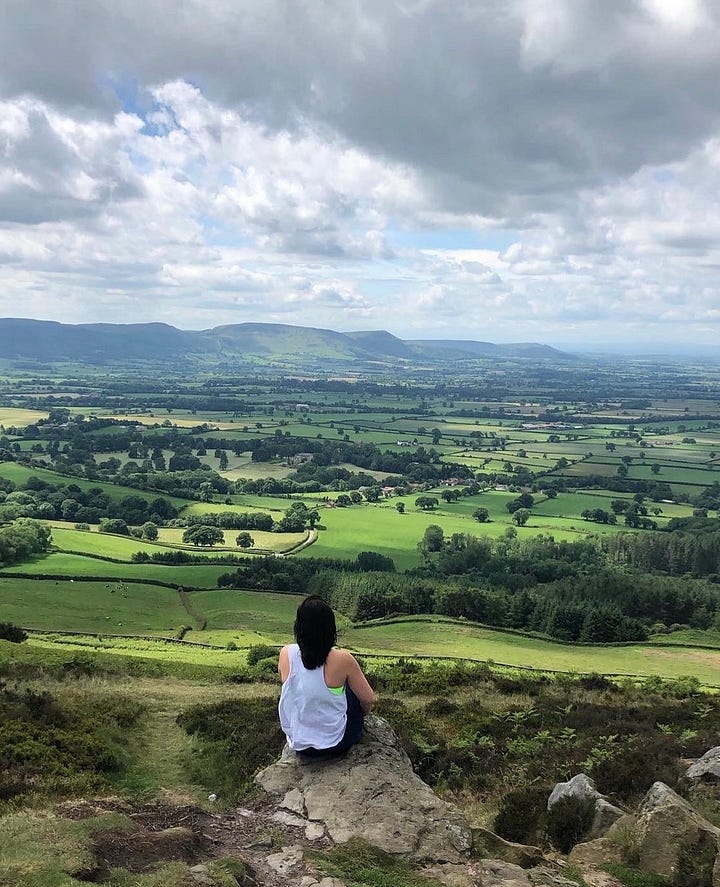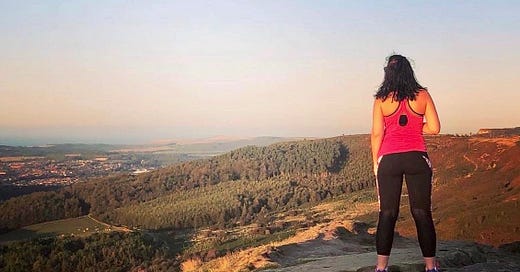Guest blog: Let’s talk about female runners…
Sarah Longstaff examines the barriers women face in the world of running
This post was written by Sarah Longstaff and originally posted on her Sarah’s Running Journey blog.
I really can’t take any credit for the idea behind this blog post, it’s all down to a good friend of mine, Stu, and an instagram post he shared yesterday – Stu is also a fantastic running coach, check him out on social media (Obree Coaching) or visit his website – www.obreecoaching.co.uk
Stu shared a great post talking about some of the history behind running for women, so I’ll steal a little bit from his post to sort of ‘set the scene’…
In the UK, prior to 1975, women weren’t allowed to run more than four miles in a competition.
There was an association set up in 1922 to meet a growing demand for organised competition for women – The Women’s Amateur Athletic Association. This was set up just over 40 years after The Amateur Athletic Association was set up, but they only focused on men.
Men didn’t think women should be getting involved in athletics, even medical professionals were originally against women getting involved. They even went as far as saying it would stop women having children.
But that definitely didn’t stop women.
In 1975 the WAAA trialled the marathon race for women. And in 1978 the first WAAA National Marathon Championship was held.
In 1991 it was the end for the WAAA as an independent governing body. Was this the right thing to do? Maybe joining the associations up would mean that the playing field was even for men and women in athletics, but we know that it isn’t the case at all, even today.
More stories on Running Tales…
Running to become the 'Million Pound Man' - The Gary McKee story
Warm-up and listen to your body: Expert advice to avoid running injuries
Now, time for my insight into female runners…
Today, women are allowed to compete in the same races as men, but the percentage of male / female competitors on the start line are generally more men. You can see this by looking online at the trackers on races, you can see this by standing at a start line, you can see this by looking at race photos online.
There are many reasons why there aren’t as many women on the start line as there are men – but it isn’t because they don’t want to be, or because they aren’t as good as the men. I believe, as a woman, that one of the main reasons behind this is inclusivity.
Most people can see that races are starting to become more inclusive for women – you just need to look at social media to see an increase in women taking a stand and talking out about race organisers who aren’t inclusive. She Races is a fantastic organisation to follow to see some of the work being done. But it’s 2023, all races should be inclusive to all runners.
When we talk about inclusivity, there are a lot of things that mean a race isn’t inclusive to both men and women. Let’s look at some of the reasons why a woman might not enter a race…


Race insurance: Like most ‘sensible’ runners, I pay for race insurance when I enter a race. It gives me that peace of mind that if I’m injured and can’t race, I’ll get a refund. But, for women, injuries aren’t the only thing we have to consider. If we happen to fall pregnant and either can’t race due to the pregnancy, or we will of given birth just before the race and can’t run, we generally don’t get a refund, even with race insurance.
Deferral policies: Forgetting about race insurance, the option to defer isn’t always straight forward, for anyone! A woman who falls pregnant might not want a refund, it might be for a race they have worked hard to qualify for, and they can’t run, so they want a deferral to the next year. Generally, races won’t allow this. So a woman would need to work hard to qualify yet again, with no guarantee it will happen the second time.
Facilities at races: I’ve always been someone who will openly say I’m jealous of a man when it comes to needing a wee during a run, they can just go anywhere in theory (without flashing strangers might I add!). But as a woman, it is slightly more difficult to do that without a toilet, not impossible, but definitely not as easy. There generally aren’t enough toilets at races, and the toilets that are there, don’t always have bins for sanitary products. And considering they don’t have the bins, they don’t generally have any products available for female runners during a race – Mother Nature isn’t always on time, we might not be prepared, and that sort of thing happening during a race generally means the end of the race for a woman.
Marketing: Now this is something I am really passionate about! Part of my job is around marketing specifically within the fitness industry. So I could talk about my ideas on fitness marketing ALL DAY! But I’ll save you from that… Basically races don’t use enough inclusive images. Lots of races use images of men to advertise their races. And when women do appear in the images, it is the extra fit, athletic women only. I know as a women who isn’t extra fit or that athletic, that doesn’t make me want to do the race. Races need real people in their marketing. I’m not saying there isn’t a place for the images already being used, because they do inspire people, they do get race entries, but we need more images so more people are inspired. And maybe there not being as many women in a race makes it harder to get as many images of women as they do men.
Race coverage: Again, another thing I am massively passionate about because it irritates me! Women athletes don’t get the same coverage as men do. That is just a fact. Now this isn’t completely down to the race organisers, some are fantastic at doing this equally, this is just generally. You hear a lot more about male athletes than you do about female athletes. A great recent example of this is from The Spine race – a race I am obsessed with! The race saw Damian Hall and Jack Scott beating the previous male record for the race, held by John Kelly. But they failed to beat the overall record, held by a woman, Jasmin Paris. The Spine Race team didn’t ignore this, they talked about it properly, made sure to say they had beaten the male record only. Yet when the mainstream media picked this up, they ‘forgot’ to mention this, congratulating Damian and Jack for beating the previous course record. To me, this shows women that their records don’t mean as much as the mens records, even if they are better.
Not many people know this about me, but I was inspired into ultra running by a female runner. Who if I hadn’t met, maybe I wouldn’t have ended up on the journey I’m on now. I met Sharon Gayter through my job – I was asked to meet her at some crazy time in the morning (maybe 3am if I remember rightly), to do a little video for social media of her heading off on a 48 mile run from Hartlepool to Whitby to open a new route for us. From that moment I was fascinated by her accomplishments – as a runner as well as woman. She is a multiple world record holder. She has represented GB for 18 years. And she currently holds the FKT for JOGLE. Just to mention a few.
When I make these points, I use the term generally, because I know there are races who are making changes to be better, to be more inclusive. And this is amazing! But we need more. It also seems to only be the smaller race organisers who are doing this, instead of the bigger ones.
I think that we need to talk more about female runners to force change – and that’s why Stu’s post encouraged this blog post. And I want to challenge more runners, both female and male, to #letstalkaboutfemalerunners – post on social media about it, write a blog post (feel free to write a post for mine if you don’t have one of your own), encourage race organisers to make changes, don’t enter races who aren’t inclusive. I think we will have a bigger change of making a difference if more people talk about these issues, especially when men start talking about it as well.
I want there to be as many woman on a start line as men. As many women inspired to run as men. As many women talking about their running stories as men.
Running Tales spoke to Sarah Longstaff to discover her own inspirational story in August last year.
Despite not having run more than six miles previously, she - egged on by her Instagram followers - decided to run 30 miles to celebrate reaching 30 years old.
Yon can listen to Sarah’s story by clicking the podcast player below:





